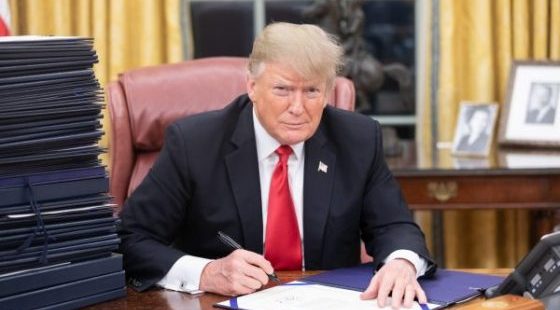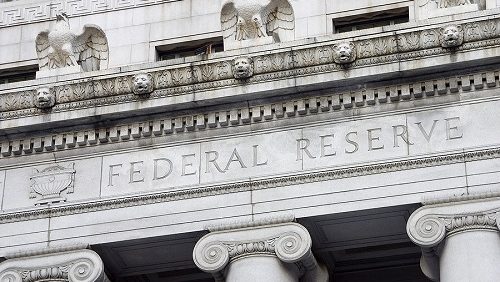This article was originally published by Daniel Lacalle at the Mises Institute.
The recent University of Michigan survey’s reading of one-year price inflation expectations rose to 3.4 percent in July from 3.3 percent in June. The five-year outlook also increased to 3.1 percent from 3.0 percent in the previous month.
There is a mainstream narrative that is growing all over the financial media: We must accept three percent annual price inflation as a success at combating rising prices. This is enough to pivot and return to monetary easing. It is not.
Three percent annual price inflation for ten years is a loss of purchasing power of the currency of 34 percent after what is already a disastrous inflationary environment.
There is nothing positive about rising long-term price inflation expectations. It is not just the confirmation of a terrible destruction of real wages and deposit savings, but a huge incentive to maintain the least efficient and unproductive parts of the economy. Price inflation is not just a hidden tax created by bloated government spending financed with artificially created currency, it is also a hidden subsidy to obsolescence and a huge disincentive to innovation and technological transformation.
It is not a surprise to read so many market participants demanding more quantitative easing. Monetary expansion has been a huge driver of market bubbles, and many investors want the “bubble of everything” to return, even if it means weaker economic growth, poor productivity, and declining real wages.
The evidence from the past six months is that the entire bounce of the S&P 500 has been driven by multiple expansion. While sales and earnings growth have been weak, the index now trades above twenty times earnings from seventeen times at the end of December. Furthermore, and considering the wave of downgrades of earnings estimates, the most bullish investors seem to require more multiple expansion, and that can only come from easing.
The reality, though, is that a three percent per annum average price inflation rate means much higher food, utilities, gas, and all essential purchases. The June price inflation reading was particularly concerning because all items except four were rising in a month when we should have seen steep declines in most prices.
Price inflation is not caused by commodities, wages, or profits. Inflation is caused by the constant increase in the quantity of currency in circulation well above real demand. The biggest consumer of newly created currency is the government, in a country where the annual deficit is not expected to be lower than $1 trillion every year until 2032. Government spending causes inflation, which is the loss of the purchasing power of the currency the central bank issues. When many said there was “no inflation” what we witnessed was massive financial asset inflation and a disproportionate increase in the prices of non-replicable goods and services. How can anyone that pays for healthcare, insurance, education, or housing truly believe that “there was no inflation”?
Remember that what they call “no inflation” was the period between 1996 and 2018, when healthcare costs rose 100 percent, childcare by 110 percent, housing by 60 percent, college tuition by 200 percent and the average price increase of non-replaceable goods and services rose by 57 percent, according to the American Enterprise Institute study collecting Bureau of Labor Statistics data. Between 2000 and 2022 the same study showed an overall price inflation of essential goods and services of 74 percent.
If “no inflation” is a 74 percent price increase in the average basket of essential goods and services, imagine for a second what a three percent annual official consumer price index would be for those same non-replaceable goods.
This is what is wiping out the middle class. Negative real wage growth and massive increases in the prices of essential goods created by the constant erosion of the purchasing power of the currency.
Can economists truly ignore the destruction of the economy and the middle class only to justify more government spending or a small increase in equity and bond valuations? Maybe, but it is a bad idea to support the destruction of the economy only to see some asset values rise, particularly because those vanish with increasingly frequent and aggressive market corrections. The economy should not be driven by government spending and financial assets, but by a thriving middle class and growing productive investment. Monetary easing is not strengthening the economy. It is weakening the fabric that creates progress only to support an ever-increasing size of government.










0 Comments